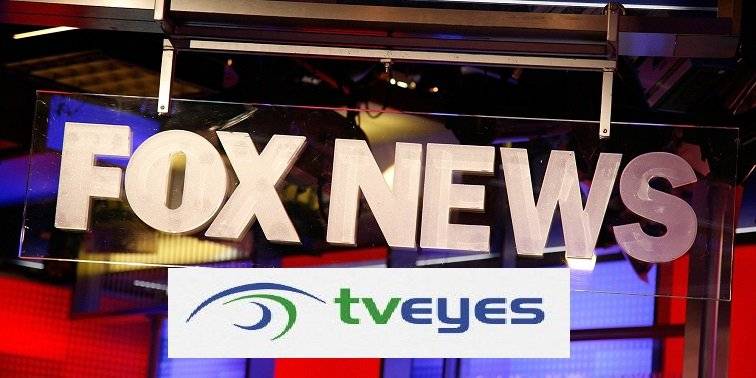This post was first published on 19th September, 2014.
In a recent copyright dispute, a New York Court recently held that a database providing for television clips and snippets of transcript constitute fair use, protecting it from allegations of copyright infringement. TVEyes is a company that monitors and records all contents broadcast by more than 1,400 television and radio stations and transforms this content into a searchable database for its subscribers. TVEyes allows its subscribers to use search terms and obtain transcripts and video clips of the portions of the television show that used the search term and further are allowed to download and save these clips and can even email them to non-subscribers or post them on social media.
This service provided by TVEyes is available only to businesses and not to the general public. It has over 2,200 subscribers including the White House, 100 current members of Congress, the Department of Defense, the United States House Committee on the Budget, the Associated Press, MSNBC, Reuters, the United States Army and Marines, the American Red Cross, AARP, Bloomberg, Cantor Fitzgerald, Goldman Sachs, ABC Television Group, CBS Television Network, the Association of Trial Lawyers to name a few. The clips provided under this arrangement can be accessed only within 32 days.
Fox News, an international television news organization sued TVEyes for copying and distributing clips of its program. Fox News argued that it restricts the use of the video clips provided on its websites, requiring that they be used for “personal use only and not for commercial purposes.” Visitors to Fox News’ websites are not permitted to download any of the video clips. Fox News further argues that, for this very purpose, it licenses its videos to third party websites and distributes video clips through its exclusive clip-licensing agent. Therefore, Fox claimed that the business model employed by TVEyes amounts to copyright infringement of its video content under the Copyright Act and misappropriation under New York laws. On the other hand, TVEyes asserted that its use of Fox News’ content is a “Fair Use” protected by the Copyright Act under 17 USC § 107.
17 USC § 107 provides four fair use factors, which the Courts must consider while determining if an unauthorized use of a protected work is fair:
(1) The purpose and character of the use, including whether such use is of a commercial nature or for nonprofit educational purposes;
(2) The nature of the copyrighted work;
(3) The amount and substantiality of the portions used in relation to the copyrighted work as a whole; and
(4) The effect of the use upon potential market for or value of the copyrighted work.
Judge Alvin Hellerstein, from the Southern District Court of New York, while deciding the matter considering the four factors of fair use held:
With respect to the first factor: (1) The purpose and character of the use, including whether such use is of a commercial nature or is for nonprofit educational purposes- The learned judge held that Transformation “lies at the heart of the fair use doctrine’s guarantee of breathing space within the confines of copyright” and therefore “the more transformative the new work, the less will be the significance of other facts, like commercialism, that may weigh against a finding of fair use.” Based on the precedent laid down in Campbell v. Acuff-Rose Music, Inc., 510 U.S. 569, 575 (1994). When this is applied to the present case it was held TVEyes relies on a line of cases holding that electronic libraries of books, created for the purpose of allowing users to pinpoint which books use certain keywords or terms, is transformative and therefore constitutes fair use. The learned Judge thus distinguished the case from AssociatedPress v. Meltwater U.S. Holdings, when the SDNY found last year that an Internet news monitoring service was not transformative, as it only crawled the Internet for content already publicly available without creating a database.
With respect to the second and third factors, it was held to be of limited value. Even though the learned judge, while deciding the third factor considered the fact that TVEyes copied all of Fox New’s content, held it does not copy more than necessary to accomplish its transformative use considering its business model which required it to copy all of the programs, twenty-four hours a day, seven days a week.
While deciding the fourth factor, the Court held that economic injury is only caused if secondary use serves as a substitute for the original work. In the present case, according to the Court, Fox News failed to prove that TVEyes caused, or is likely to cause, any adverse effect to Fox’s revenues or income from advertisers, cable or satellite providers. Even this factor fell flat. Therefore, the Court held that TVEyes’ copying of Fox’s broadcast content for indexing and clipping services to its subscribers constitutes Fair Use.
Summary Judgement can be accessed here.



